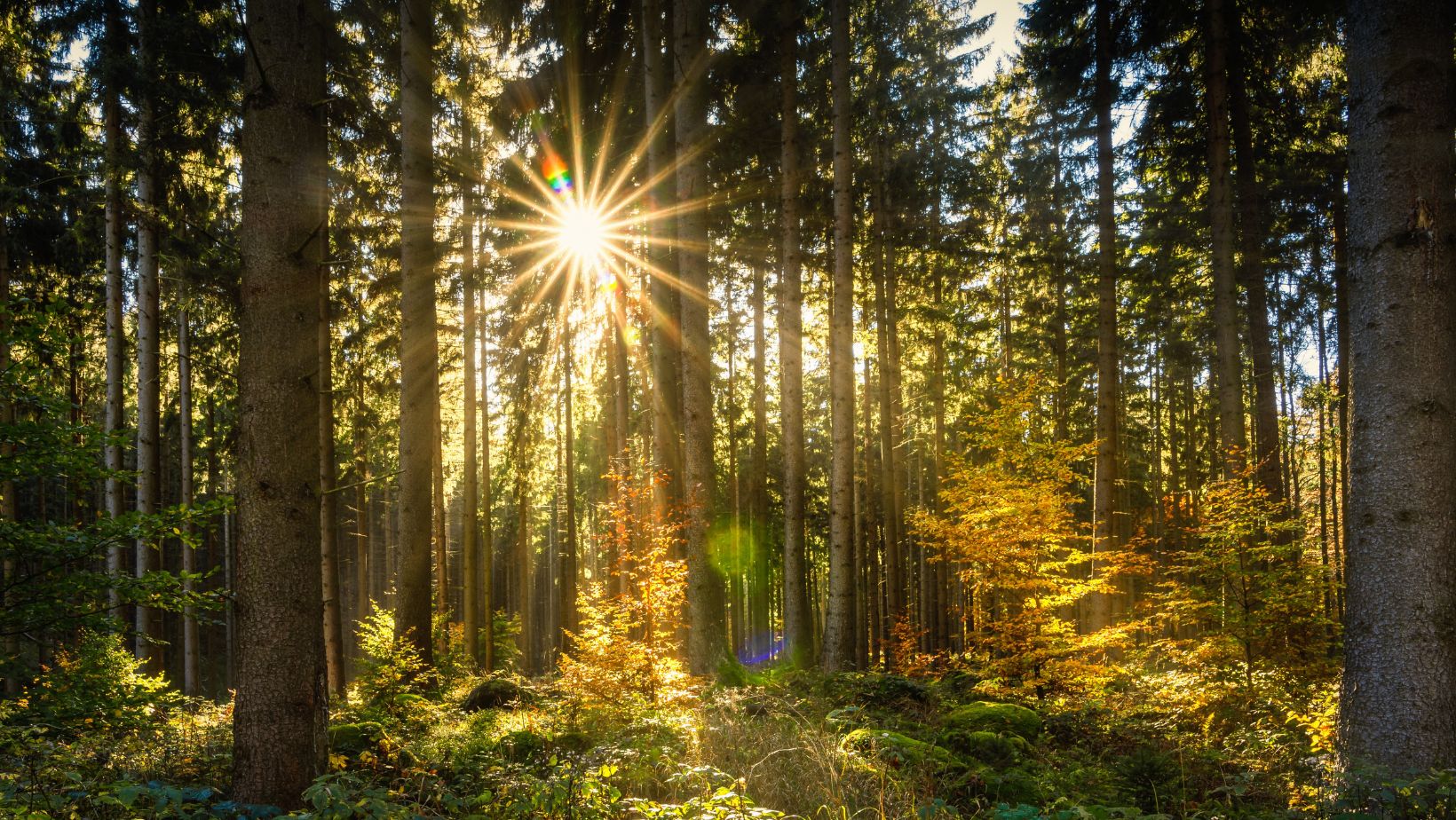In 2022, the Czech Republic planted almost 40,000 hectares of new forests, marking the second-highest count since 1964.
This figure fell only 709 hectares short of the record established in 2020. Out of the total 225,928 saplings utilized for this afforestation effort, two-thirds were deciduous trees. Among the various regions, Vysočina took the lead in reforestation activities.
Providing insight, Josef Kahuda, a statistician employed at the Czech Statistical Office, pointed out that the average sapling usage per hectare stood at 5,705. For deciduous trees, this number rose to 7,248, while for conifers, it was slightly lower at 4,205.
Predominantly, the trees chosen for planting were beech and oak, accounting for 28% and 23% respectively. Notably, spruce saw a modest increase in its portion of all saplings, climbing from 19.7% in 2020 to 19.9%.
Despite these statistics, spruce remained the most prevalent tree type, occupying nearly one-third of all newly reforested lands. Conifers emerged as the dominant presence among the freshly established wooded areas.
The evolving climate poses a significant risk to forest soils. The strategy of tree planting is not the solitary means of fostering forests; natural regeneration, where new growth emerges from wind-borne or fallen seeds from parent trees, is also actively employed.
Kahuda underscored that in the preceding year, the expanse of naturally renewed forests expanded by 977 hectares, reaching a total of 10,088 hectares. Deciduous trees exhibited a slight prevalence in this natural resurgence, with spruce and beech constituting the most frequently utilized species. Birch also held a notable presence.
As indicated by the Climate Coalition, tree planting now encompasses initiatives from not only various organizations but also local governments, volunteer groups, and collective endeavors.
They emphasized that a mature, century-old tree can absorb as much CO2 from the atmosphere within a single year as a tree several decades younger would over its entire lifespan.
Preserving venerable trees and safeguarding the carbon stored within them, along with the soil beneath, would not only contribute to tackling the climate crisis but also play a pivotal role in upholding biodiversity protection.
-
NEWSLETTER
Subscribe for our daily news




